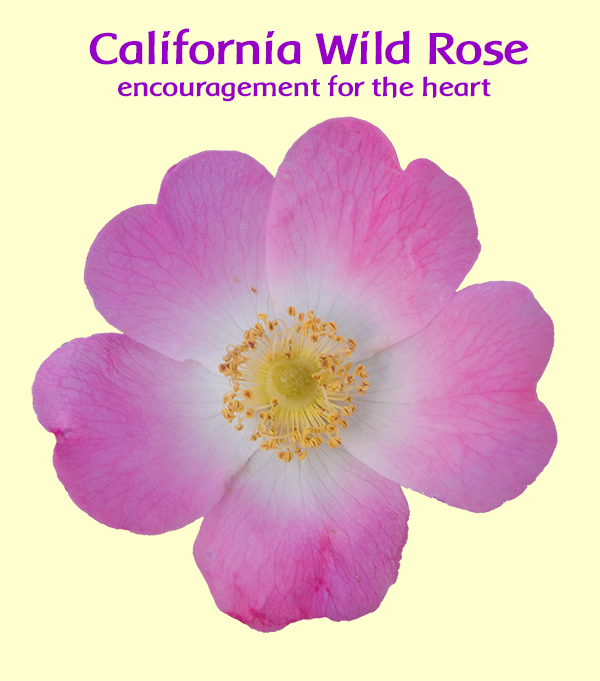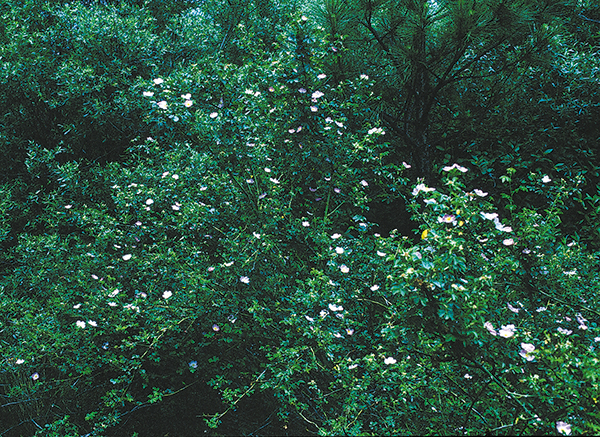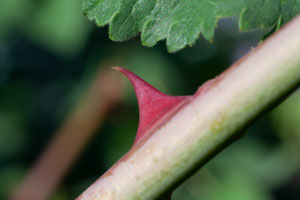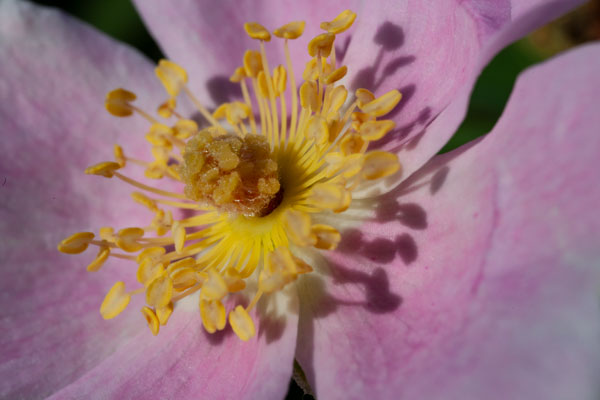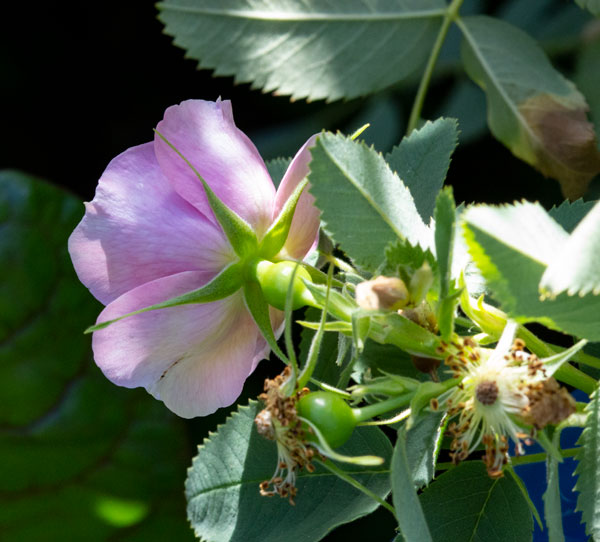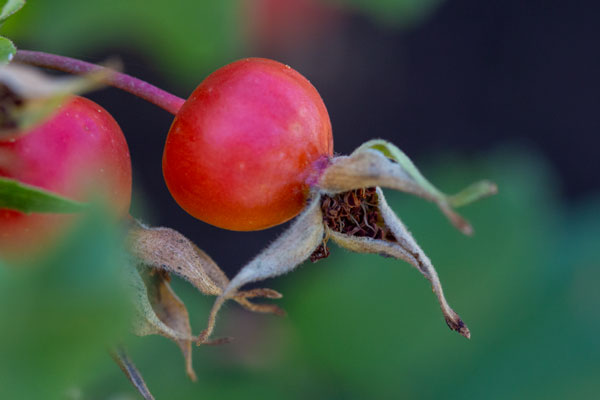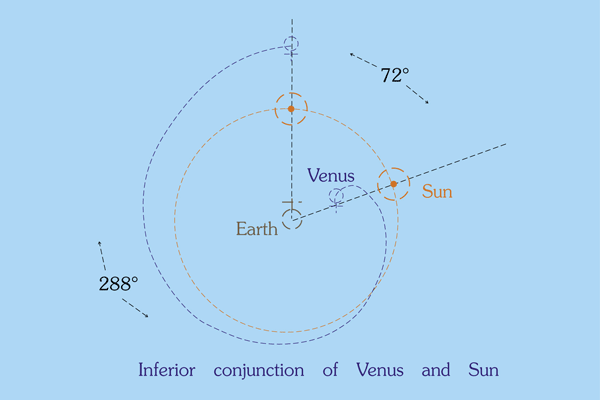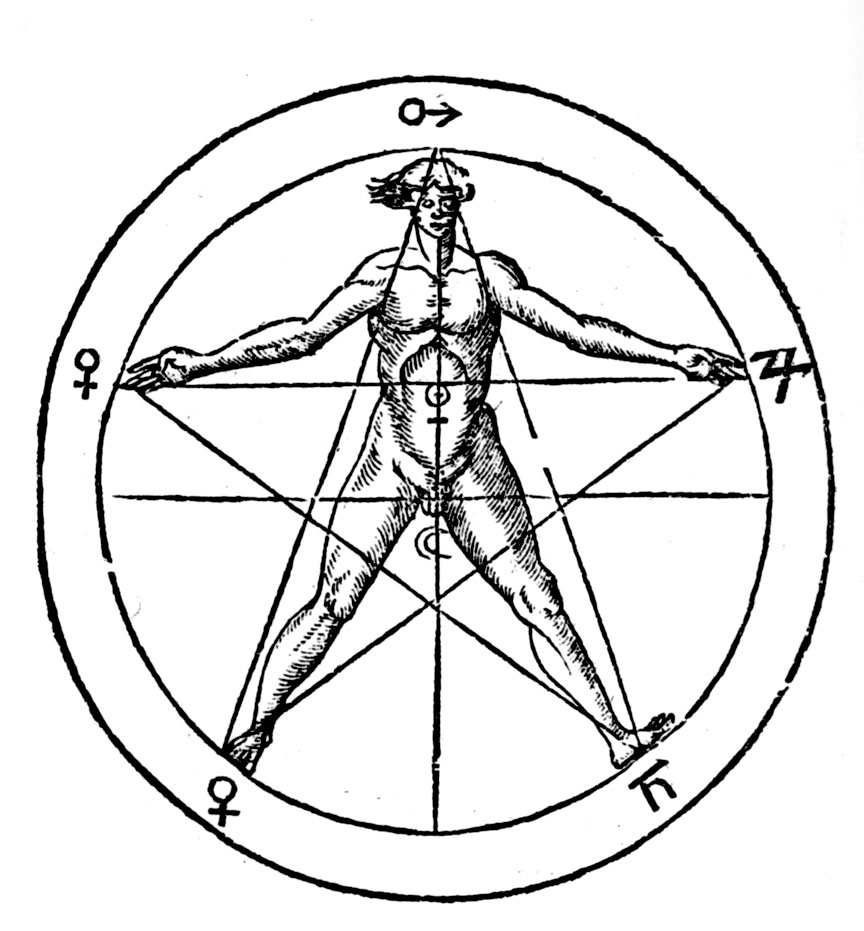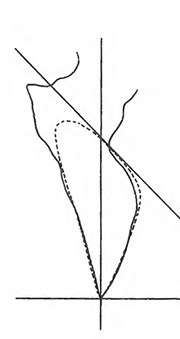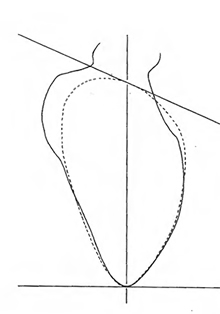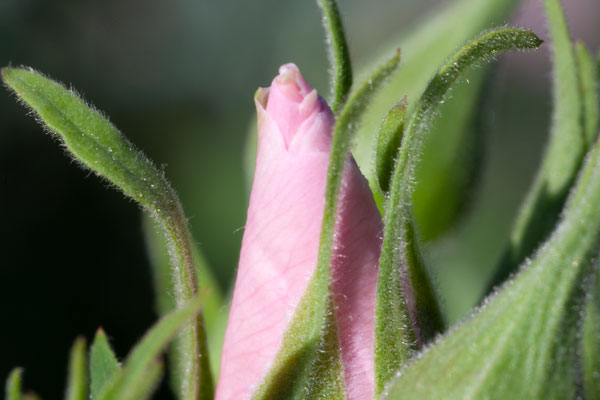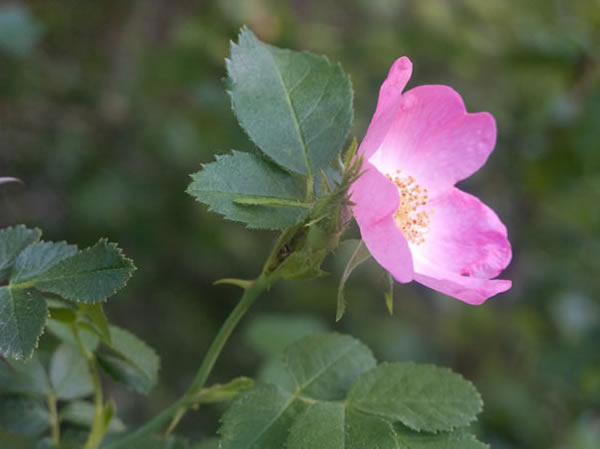|
by Richard Katz
Habitat and Growth Pattern
California Wild Rose (Rosa californica) is a native shrub found throughout California, adjacent Oregon, and Baja California, with the exception of the high mountain ranges. It is one of the most hardy and vigorous of the wild roses, growing up to 3-7 feet (1-2 m) tall and wide, and often creating dense, nearly impenetrable thickets.
The flowers are of a simple five-petaled form, pink, delightfully fragrant, about 2 inches (5 cm) wide, heart-shaped, with an abundance of the stamens and pistils. In our hybridized garden roses, these multiple layers of petals are actually a metamorphosis of the numerous pistils of their wild ancestors.
With the wild roses, we see more clearly the five-fold geometry that underlies this family and is also reflected in the five sepals on the back of the blossom, and also in the phylotaxis of the leaves, which make two rotations of the stem for every five leaves (2/5 phylotaxis).
The fruits of the Rose are technically “achenes,” one-seed fruits enclosed in a papery covering, but these are in turn enclosed in a fleshy structure known as a “hypanthium,” a swelling of the stem and flower receptacle that encloses the achenes, and which we know as the Rose Hip.
Rosa californica will adapt to a wide range of soil types. Like most rose species, it is deep-rooted, and it will spread by underground runners. It will vigorously sprout anew from the roots after winter die-back or being grazed by animals. The robust quality of its roots and stems are in contrast to the ephemeral blossoms, as the petals quickly fall away after opening, or in a breeze. However, the blooming cycle is extended from late spring into summer, as many new blossoms continue to appear. Name, History and Uses The English name Rose comes from the Latin Rosa , also the botanical name of the Rose genus, and is further traced to the Greek rhodon , and perhaps all the way back to the Proto-Indo-European wrdho for “bramble.” The Rose has indeed been associated with human culture since antiquity, for example, in the gardens of ancient Persia and ancient China. Roses, like so many members of the Rose Family, have a multitude of nutritional and medicinal benefits. The rose hips are a well-known source of vitamin C, but preparations from the seeds, petals, and the essential oil have been used for such conditions as diarrhea, coughs and colds, sores, nervous tension, lethargy, painful joints, nervous tension and depression, and various urinary tract disorders. All of these uses point to the tremendous vitality, the strong connection to the life force, that animates the Rose. Yet, these medicinal values are not why humanity has had a love affair with the Rose for millennia. We love the Rose for its beauty and harmony, including its exquisite aroma, and marvel at its strength and vitality. It was traditionally the symbol of royalty, and now represents the enduring quality of human love. Understanding the Mysteries of the Rose-Heart & Venus The five-fold pattern that characterizes the Rose Family plants, the pentagram, is closely associated with Venus, even to the fact that the conjunctions of Venus and the Sun, when observed from the earth, form an almost perfect pattern of the five-pointed star.
Research in the 1980s by a Scottish mathematician, Lawrence Edwards, (described in his book, The Vortex of Life , chapters 5, 7 and 8) reveals another secret of the rose, how the geometry of the rose bud mirrors that of the left ventricle of the heart (turned 180 degrees).
As the rose bud opens, it undergoes a rhythmic contraction and expansion that is analogous to the heart beat. The wild rose bud evidences a much more pointed form than most flower buds, yet pulses between more contracted and more expanded forms, before it relaxes into the open flower. Thus, the folk belief that the rose is an expression of the human heart has this correlation in nature. The Rose indeed awakens the beating heart to feel the pulsation of life force radiating throughout the body, and then streaming out to engage fully in love and life.
Understanding the Healing Gesture of California Wild Rose The gift of the Rose is the way that it has transformed vigorous vitality into harmonious form and fragrance. It is the alchemical marriage of Venus and Mars. Lawrence Edwards likened the "heart-beat" of the rose bud opening to a kind of in-breathing and out-breathing, a rhythm of incarnation and excarnation. The incarnating gesture brings wakeful embodiment, even to the point of pain. (Think of the thorny prickles.) The excarnating gesture gives our essence back to the world. (Think of the ephemeral and delicate rose petals.) Well-rooted in the earth, and solid in its woody bark, the rose has stored such life force that it springs back with new growth even when severely cut back. Yet, the culmination of this vigorous growth process is so refined and balanced, that it touches the most tender places of the human soul and heart. The rose teaches us by example how to enter vigorously into the stream of life on earth, while maintaining the dignity of our humanity. When we are tempted by apathy or discouragement, it teaches us to love life, with all its challenges and obstacles, for we have always a reservoir of vitality from which we can draw anew.
A former employee of ours was so inspired by how the California Wild Rose essence helped her deal with a difficult relationship, that she created the video below to express “the journey from sharp points to tender blossoms.”
Positive qualities: Love for the Earth and for human life, enthusiasm for doing and serving Patterns of imbalance: Apathy, resignation, pronounced passivity; inability to catalyze will forces through the heart California Wild Rose is among the most beautiful and fundamental of flower remedies, for it helps the soul to incarnate and really take hold of its responsibilities and tasks on Earth. It is often said that hate is not the opposite of love, only a distortion of it. Rather, it is apathy which is the true polarity of love. The ability to really care and to give oneself to life, to others, and to the Earth characterizes a truly loving soul. Many souls hold back or hesitate, not wanting to experience the pain or challenge of life on Earth. They find it hard to take emotional risks in relationships with others, preferring instead to anesthetize themselves from pain or suffering. Such souls can also suffer from deep-seated social alienation, being unable to rouse the inner fire of the heart toward compassionate caring and activity in the world. California Wild Rose is a very beneficial remedy for all stages of the life biography, and can be particularly helpful for adolescent and young adult life when the soul most especially longs to find its positive ideals, and seeks to serve the world through its life calling or vocation. California Wild Rose stimulates the love forces of the heart, so that the soul finds enthusiasm for earthly life, worldly tasks and human relationships. |
||||||||||||||

To install this Web App in your iPhone/iPad press ![]() and then Add to Home Screen.
and then Add to Home Screen.
